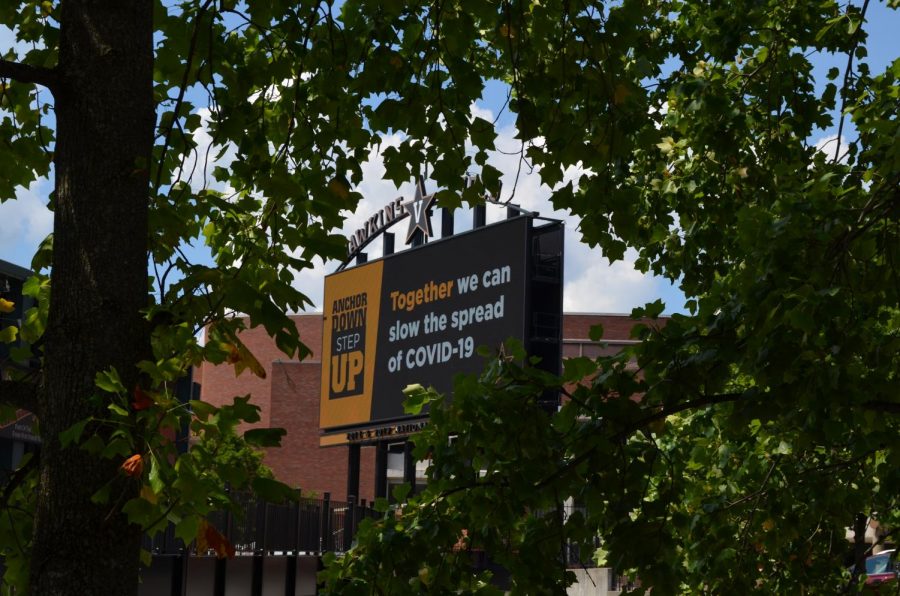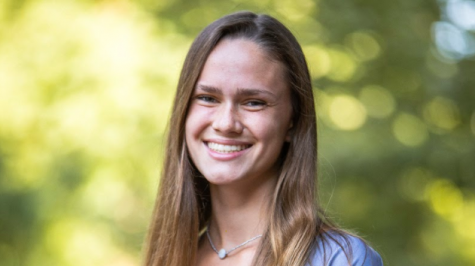Right now, the world is changing constantly and, to keep up with all the new research and hopes for vaccines, so are Vanderbilt’s COVID-19 policies. On Dec. 15, an email containing a “Return to Campus Update” informed Vanderbilt students about updated testing procedures for the Spring 2021 semester. This email acknowledged lots of positive changes such as arrival testing as opposed to pre-arrival testing, changing close-contact quarantine times to 10 days as opposed to 14 in compliance with CDC guidelines and automatically retesting positive results.
However, some of these updates don’t quite stack up to the same safety standards we had last semester. As someone who quarantined myself, I know that last semester Vanderbilt automatically tested all close-contacts on the eighth day of their quarantine—regardless of whether or not they had developed symptoms. Now, asymptomatic students in quarantine for close-contact with an individual who has tested positive are not tested at all, as confirmed by Vanderbilt administration. Instead, they are required to quarantine for 10 days in isolation (for on-campus students, this is in isolation housing). And after that 10 day period, if asymptomatic, the students are able to return to their dorms, with their only restrictions being not to unmask in public or in residence halls for the remaining four days of their symptom monitoring.
Why won’t Vanderbilt be testing students who are close-contacts? Students who are close-contacts are among the most likely to test positive, seeing as they were within six feet of someone with COVID for more than 15 minutes. Why not give these students one of the biweekly saliva tests before sending them back to residence halls? We know college students are not always following the strict guidelines imposed on them, so we can’t expect all of them to follow strict quarantine guidelines once their 10-day intensive quarantine is over.
Testing would provide further assurance that students are negative before sending them out into the world.
Vanderbilt’s policy is in alignment with CDC guidelines, which recommend quarantining 10 days and then monitoring for symptoms the remaining four days. However, with the population of Vanderbilt students being relatively young, it is likely that many students who do contract the virus will be asymptomatic. One study found that over 70 percent of cases in people ages 0 to 19 are asymptomatic, and for ages 20 to 29 that number is still very high at 62.6 percent. If Vanderbilt students are this likely to present asymptomatic cases, why not test asymptomatic close-contacts before allowing them to return to campus? What if they are positive and presenting asymptomatically? One test between days five and seven could easily ensure the COVID status of all close contacts before letting them free.
Perhaps it’s a price issue. COVID tests are not cheap, with many major hospitals reporting prices between $100-150 per test. However, money should not be the priority when it comes to protecting the health of students. Biweekly testing is also a new feature of Vanderbilt’s spring 2021 COVID response, and if the school can afford testing twice weekly for the many students on campus, providing tests to students in quarantine (which they would have been taking if they were out of quarantine) should not be an issue.
Although testing may not be absolutely necessary by CDC guidelines, it is a precaution that Vanderbilt should consider worth whatever cost it may induce. Especially since students would be testing if they were not in close-contact tracing, why not provide them the tests they would be taking anyway? Testing students before releasing them from quarantine provides much needed assurance that they will not spread the virus asymptomatically, and with campus COVID numbers where they are right now, Vanderbilt could sure use that assurance.





Vanderbilt Student • Feb 12, 2021 at 12:33 pm CST
100% agree! You have to wear masks ANYWHERE outside on campus even if nowhere near other people, but then if you’re exposed to the virus you don’t need to get tested? Crazy. So glad I’m not living in the dorms… they’re gonna be breeding grounds for this horrible virus.
Randy Lahery • Feb 8, 2021 at 5:43 pm CST
Completely agreed. Vanderbilt’s COIVD policies all feel so weird. They’re strict where they don’t need to be, and careless where they should be stronger. Make sure to put your mask on in between bites of food while eating, but have a close contact? Eh, we’ll just toss ya back in the dorms, no need to double check.